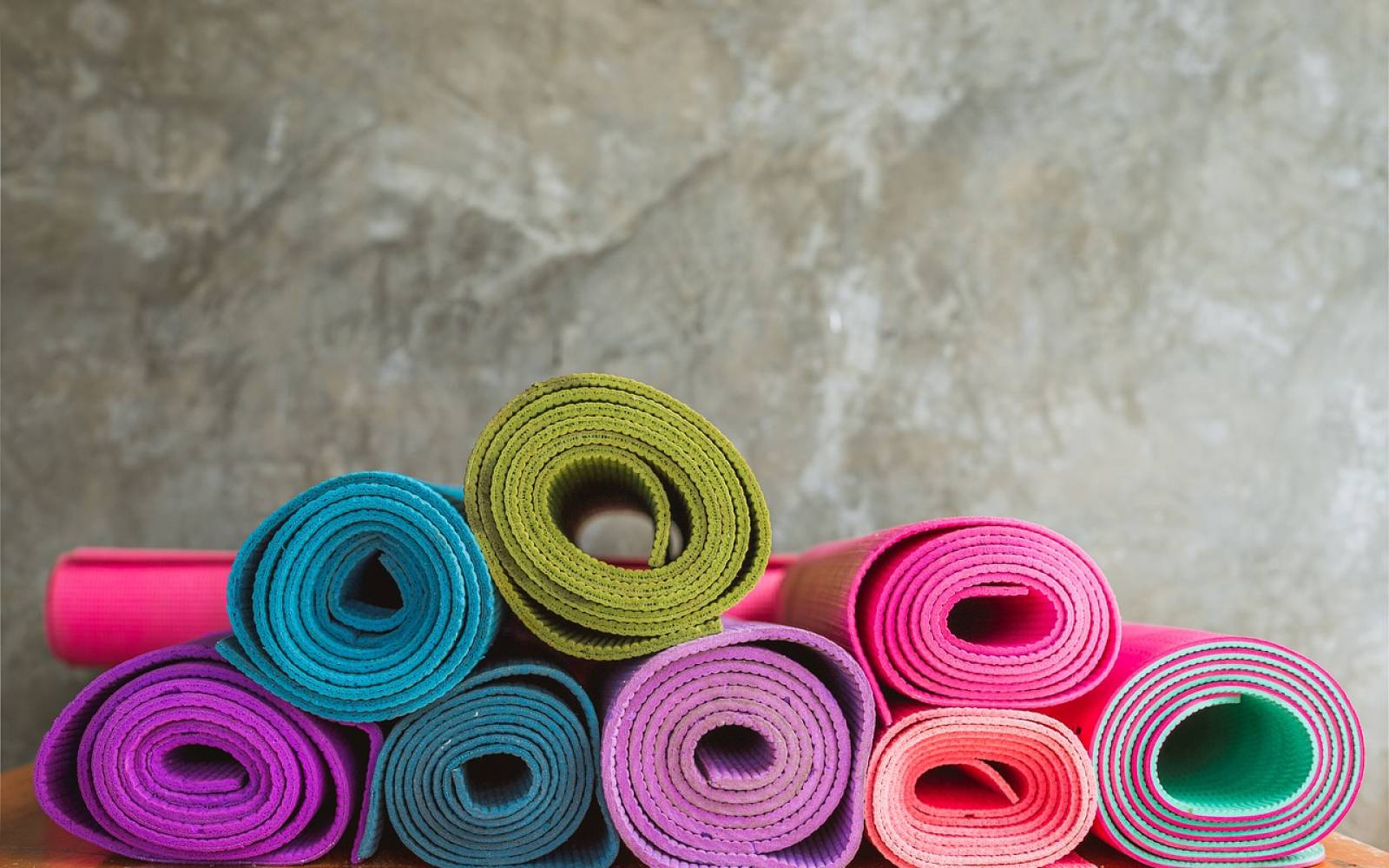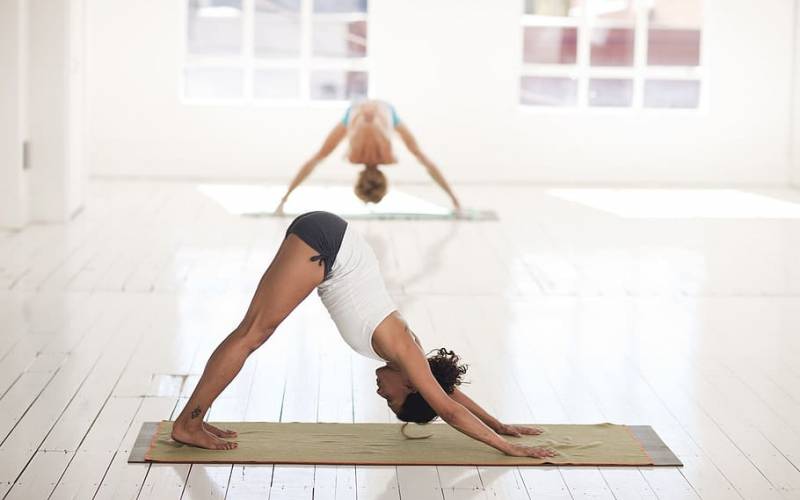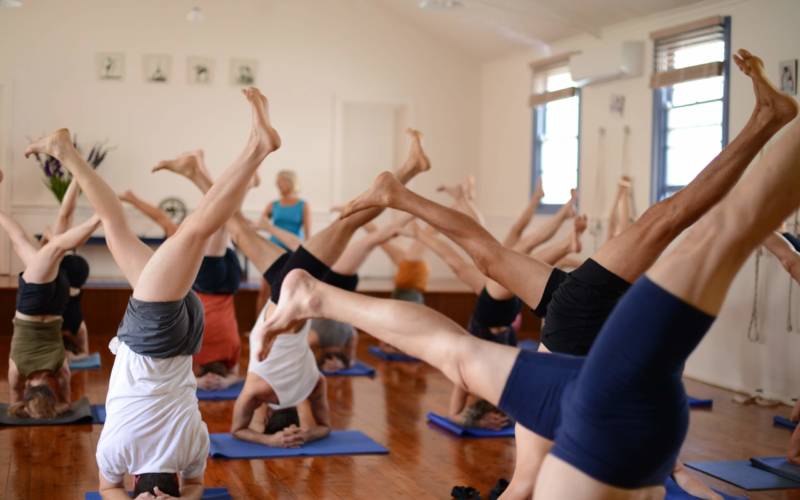Years ago, when yoga was just beginning to gain popularity in the west, there wasn’t a great deal of options as to your choice of yoga mat. Sizes were fairly standard, thickness and texture weren’t features that people spoke much about. But the common state of play is different.
Nowadays, there are yoga mats available in all the colours you can think of, and each is carefully designed for its specific attributes. But don’t get overwhelmed by all of this. If you’re just getting started, it’s not essential that you make the ‘perfect’ choice for you straight away.
The things we’re going to talk about below are just the jumping-off point for you to think about when choosing your mat. Read on with us to learn more!
Choosing the right thickness of yoga mat
Mat thickness is one consideration to make when looking for your first yoga mat. Most yoga mats will come in a fairly standard thickness – about a 1/8th inch to 1/6th inch, or roughly 4mm to 6mm. These measurements are usually enough for those with some experience. But beginners may find that this is too thin and doesn’t provide adequate cushioning for their hands, knees, elbows, and elsewhere.
Beginners can often benefit from using a thicker yoga mat that offers a slightly more forgiving surface to build from. If you want to avoid buying two mats, you can often get by in the short term by underlining your thinner yoga mat with a thin towel. We do not recommend this as an ongoing practice, but it can help in cases where your knees or wrists require it.
Finding the right material
Material is another important consideration. Firstly, from a practical perspective, your choice of material will usually inform the texture of your mat, and the grip it provides. This is particularly important as you start out and can help set the scene for successful practice as you progress. Secondly, material is an important hygiene consideration. Closed-cell materials are usually much easier to keep clean and sanitary, preventing odours and even skin irritation.
Lastly, you may want to consider researching the environmental impact of the material your choice of yoga mat is made of. Certain materials are much easier to recycle or will naturally degrade to organic matter once discarded. It is often the case with cheaper mats that they are manufactured using harmful processes and materials that will not break down as they should.
Choosing the right yoga mat size
The vast majority of yoga mats come in fairly standard widths and lengths, but there is still some room to pick and choose here depending on your needs. If you’re particularly tall, you may want to consider choosing a mat that will permit you to keep both your hands and feet on the mat through poses like downward-facing dog and four-limbed staff pose.
Yoga mats are not intended to present a complete barrier against the ground surrounding the mat, however. And if a smaller mat suits your needs (particularly carrying yours to and from classes) then you may wish to purchase a smaller yoga mat and work around that.
Discover Iyengar Yoga with Yoga Vastu
Finding the right yoga mat for you right now is more a matter of looking at what you need at the moment from your yoga mat to enjoy your practice as you find your way in Iyengar yoga. Down the track, you can get a little more targeted in your choice of yoga mat.
For recommendations as to our most trusted sources of yoga equipment, look to our partner stores. And to get straight to starting your Iyengar yoga journey today, simply sign up for a 14 day free trial!
If you have any questions, please feel free to get in touch.








